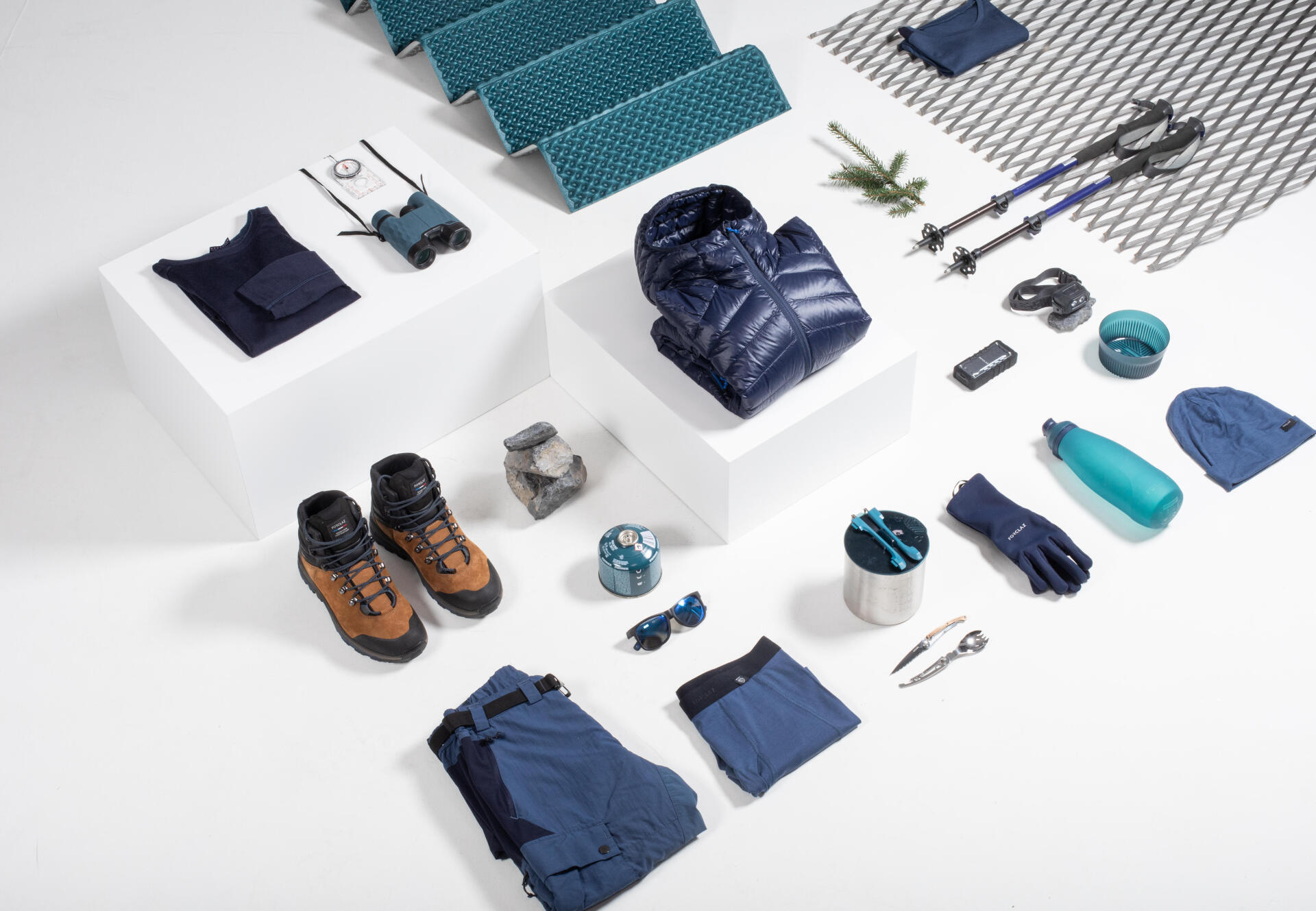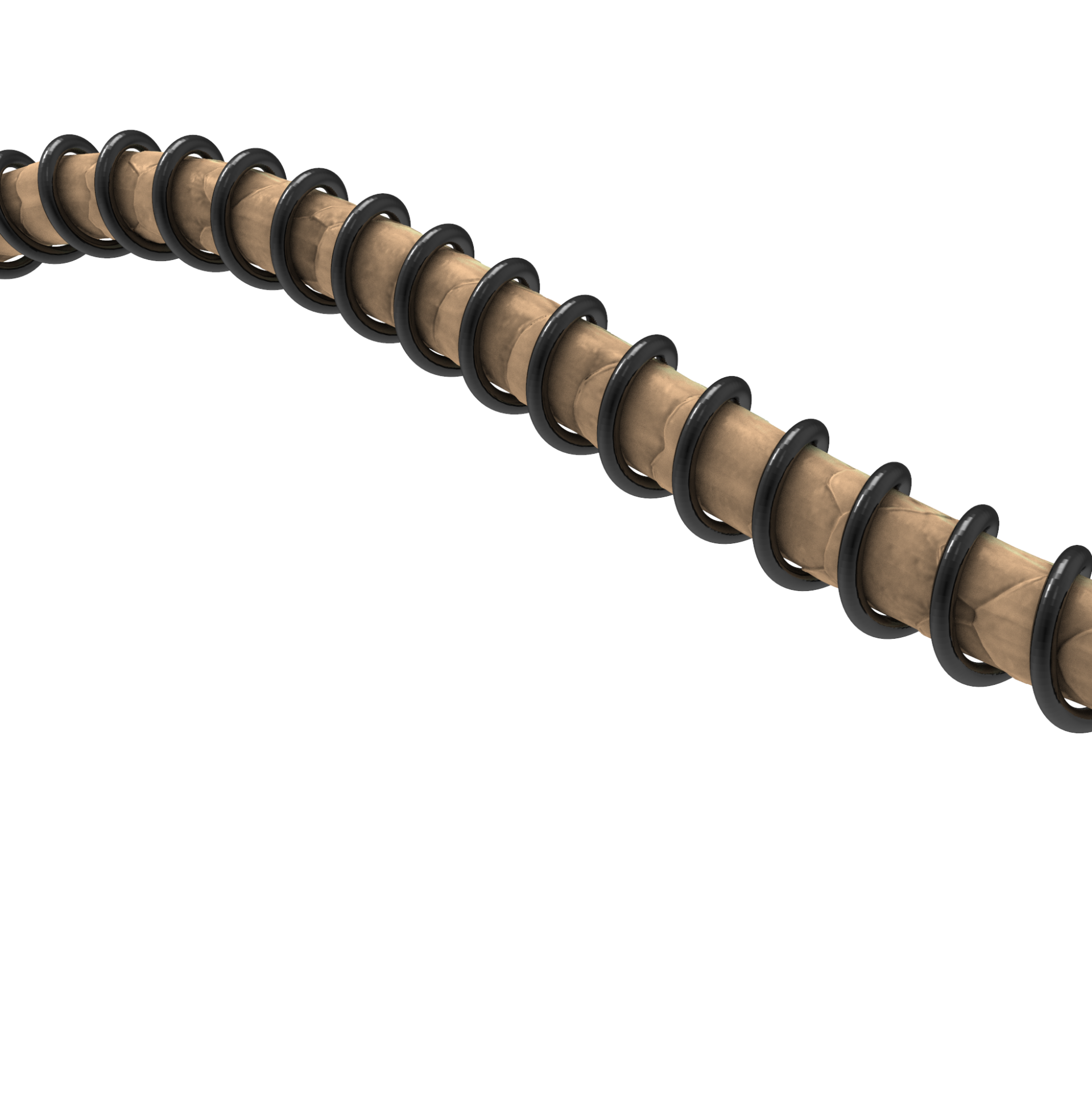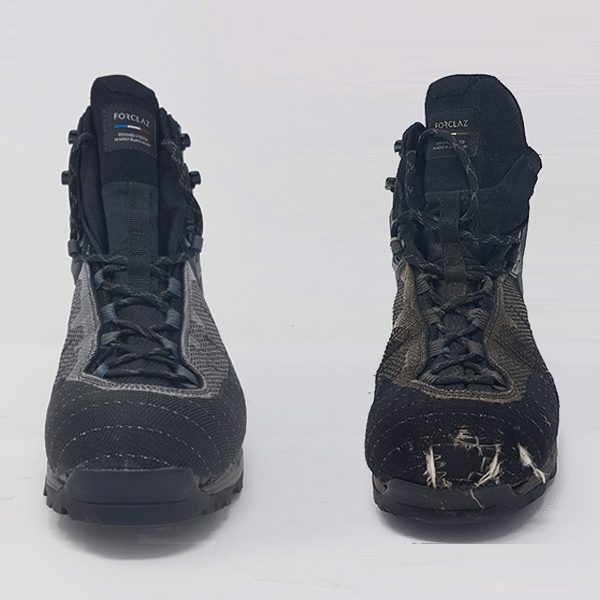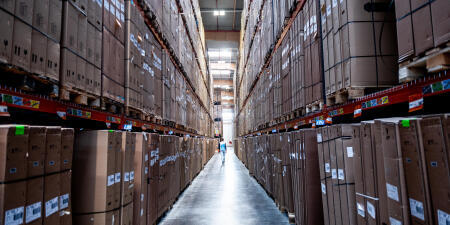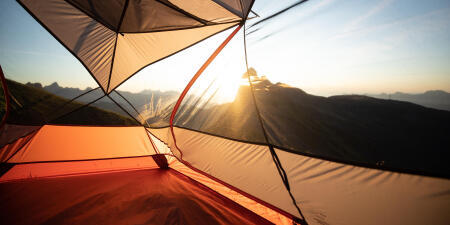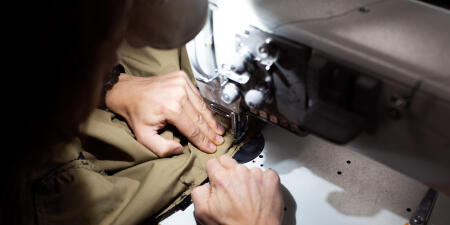What’s next?
What's exciting about durability over time is that there's always room to explore and improve. We intend to pursue this commitment, made at the birth of Forclaz, by continuing to listen to sportsmen and women, reworking and re-testing both new and old products.
We’re also considering developing a "lifetime guarantee"...


